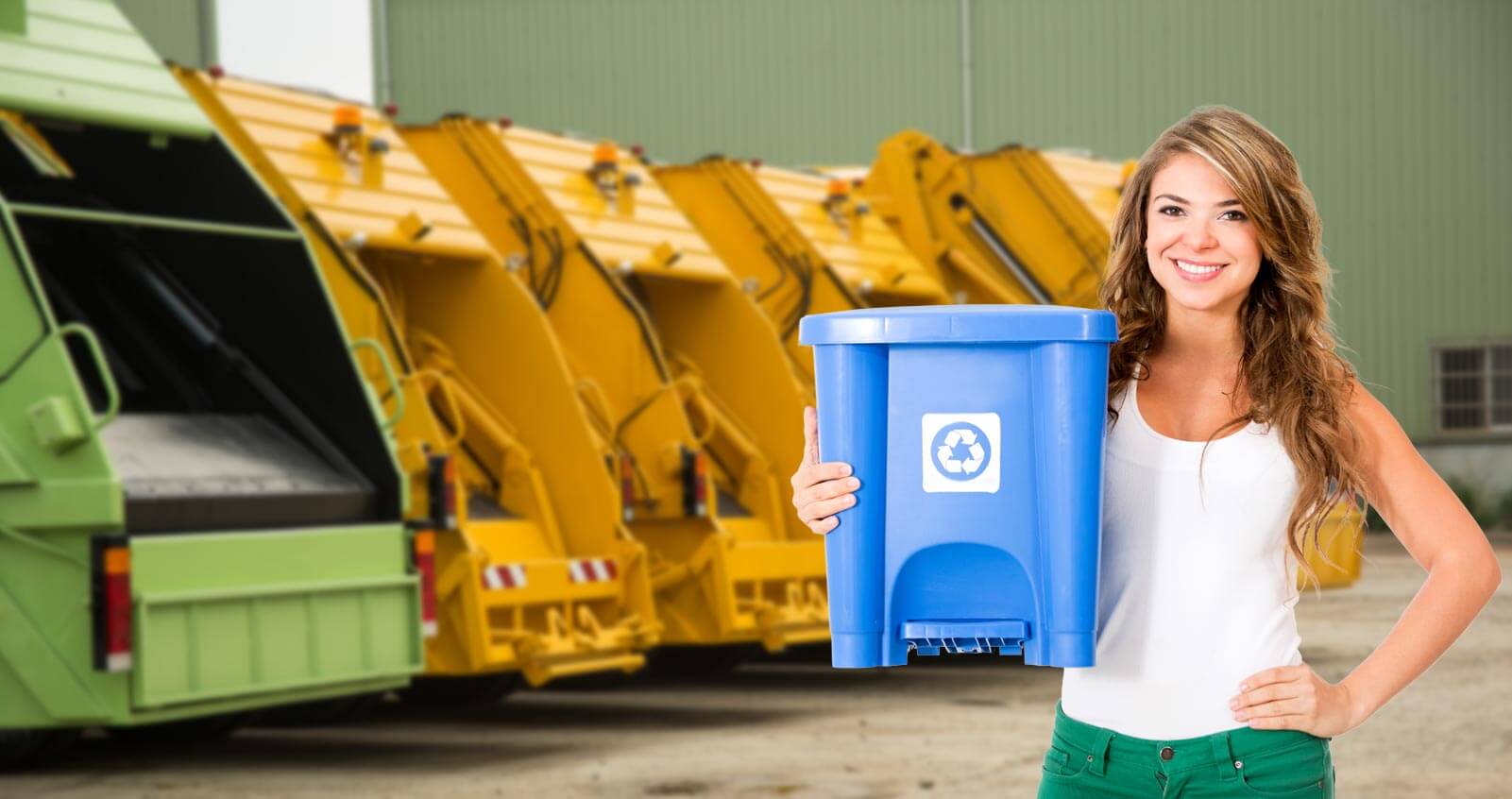Eco-Sustainability in Waste Clearance Services
Posted on 04/12/2024
Understanding the significance of eco-sustainability in waste clearance services is crucial in today's environmentally-conscious world. Waste clearance not only addresses the problem of accumulating waste but also plays a major role in promoting sustainable practices. As we witness the growing concern for environmental preservation, the integration of eco-sustainable practices in waste clearance becomes paramount.
The Importance of Eco-Sustainability
Eco-sustainability refers to practices that contribute to conserving the environment and reducing the negative impact of human activities. In waste clearance services, it involves the responsible management of waste materials in ways that are not harmful to the environment. This includes reducing the generation of waste, reusing materials, and recycling waste products.

Key Practices in Eco-Sustainable Waste Clearance
1. Waste Reduction
- Minimizing waste generation is the first step in attaining eco-sustainability. Companies implement efficient waste management strategies such as optimizing packaging and resource use, encouraging customers to return used products, and designing products that generate less waste.
2. Recycling and Reuse
- Recycling transforms waste materials into new, functional products. Reuse involves utilizing items multiple times before they become obsolete. Both practices significantly reduce the volume of waste ending up in landfills.
3. Energy Recovery
- Some waste materials, if not recyclable, can be converted into energy through processes like incineration or anaerobic digestion. This reduces dependency on fossil fuels and aids in managing waste sustainably.
4. Safe Disposal of Hazardous Waste
- Proper disposal of hazardous materials ensures they do not contaminate the environment. This involves adhering to regulations and guidelines for disposing of electronics, chemicals, and other harmful substances.
Benefits of Eco-Sustainable Waste Clearance Services
Eco-sustainable waste clearance provides numerous benefits, both environmental and economic. These services help conserve natural resources, reduce pollution, mitigate the impact of climate change, and improve public health. Additionally, companies practicing eco-sustainability often enjoy a favorable reputation, which can lead to increased customer loyalty and business opportunities.
Challenges and Solutions in Implementing Sustainable Practices
Despite the clear advantages, transitioning to eco-sustainable waste clearance can be challenging.
1. High Initial Costs
- Implementing sustainable technologies and processes can require significant investment. However, this can be mitigated through government incentives, grants, and the long-term savings resulting from efficient waste management.
2. Limited Public Awareness
- Public awareness about the importance of eco-sustainability often needs to be increased. Educational campaigns and initiatives can encourage more responsible waste disposal behaviors among consumers.

Tips for Implementing Eco-Sustainable Waste Clearance Services
1. Conduct a Waste Audit: Identify the types and quantities of waste generated. This helps in devising an effective management plan.
2. Embrace Technology: Utilize advanced recycling technologies and data analytics to enhance waste processing and management.
3. Collaborate and Educate: Work with other organizations and the community to promote eco-friendly practices and educate them about the benefits of sustainable waste management.
4. Optimize Waste Collection Routes: Efficient routing of waste collection vehicles can reduce fuel consumption and emission levels.
Pros and Cons of Eco-Sustainable Waste Clearance Services
Pros:
- Environmental Preservation: Reduces pollution and conserves natural resources.
- Economic Benefits: Generates employment opportunities and can reduce operational costs in the long run.
- Public Health: Leads to cleaner environments and healthier communities.
- Legal Compliance: Conforms to environmental regulations and standards.
Cons:
- Initial Financial Investment: Requires substantial upfront costs for technology and infrastructure.
- Complex Implementation: Needs comprehensive planning and coordination.
- Ongoing Maintenance: Continuous monitoring and maintenance are needed to ensure efficiency.
Takeaways
1. Eco-sustainability in waste clearance is essential for environmental health and economic efficiency.
2. Practices such as waste reduction, recycling, and energy recovery are key aspects of sustainable waste management.
3. While challenges exist, strategic planning, public awareness, and technology can overcome them.
4. The benefits far outweigh the drawbacks when proper measures are implemented.
Conclusion
Eco-sustainability in waste clearance services is not just an option; it is a necessity in our battle against environmental degradation. With growing awareness and technological advancements, adopting sustainable practices in waste management is more achievable than ever. By addressing challenges head-on and capitalizing on the numerous benefits, we can pave the way for a cleaner, healthier, and more sustainable future.




